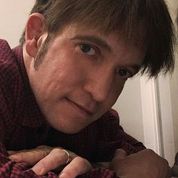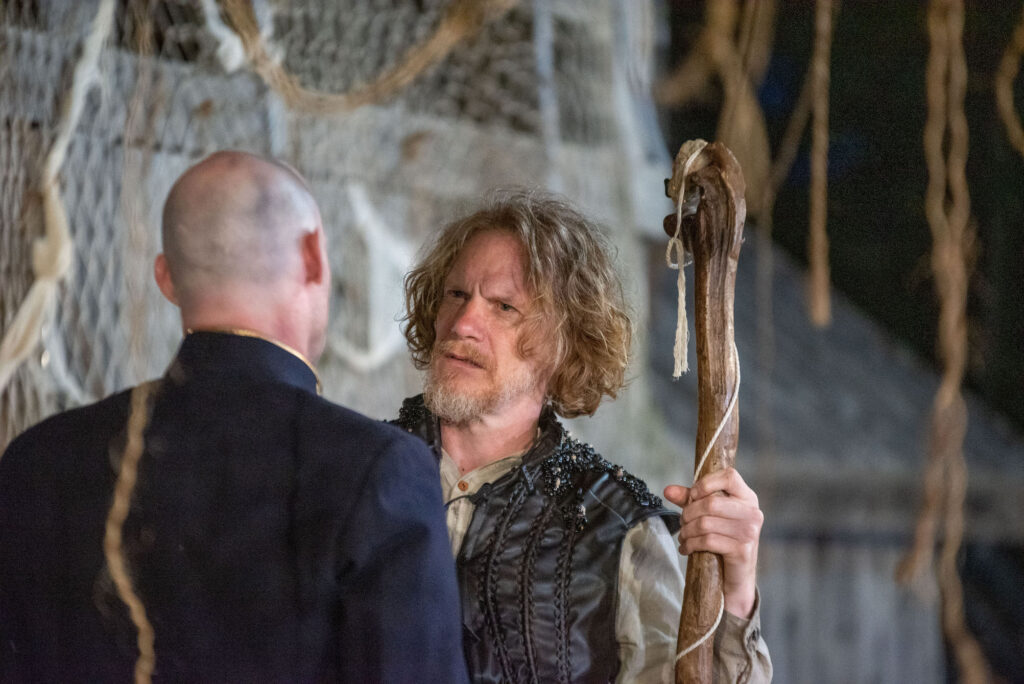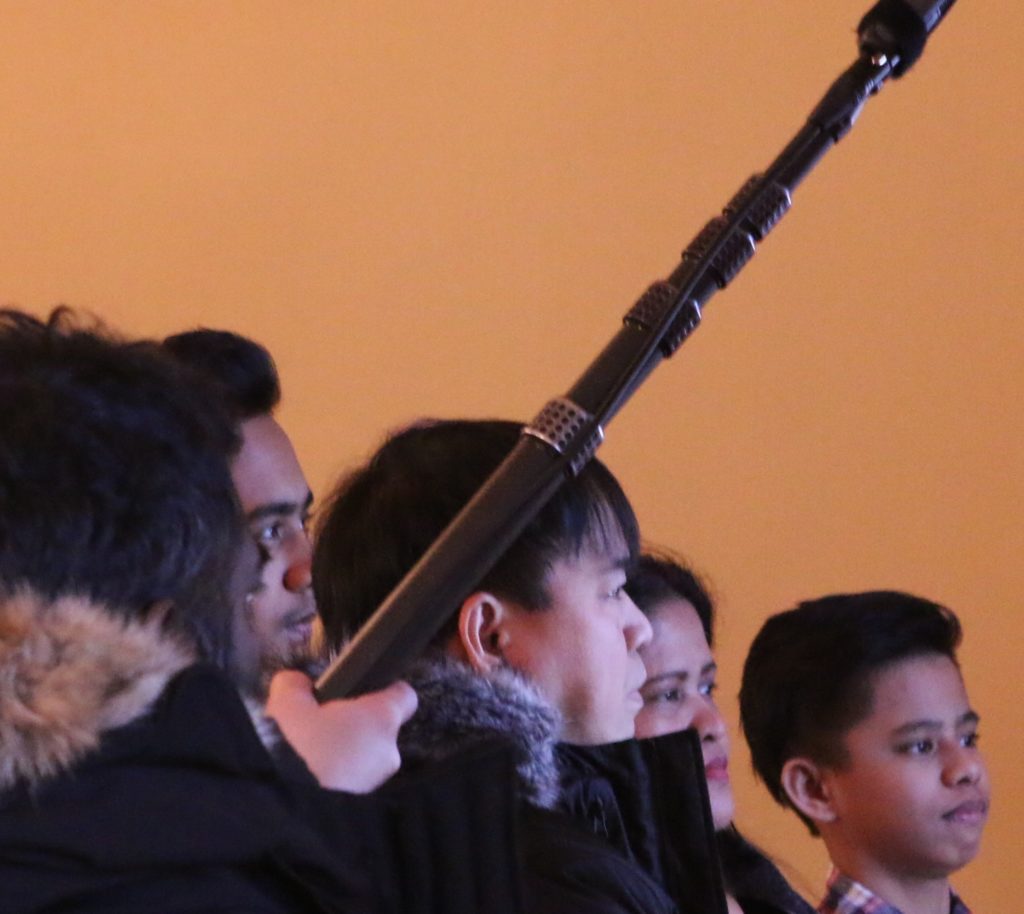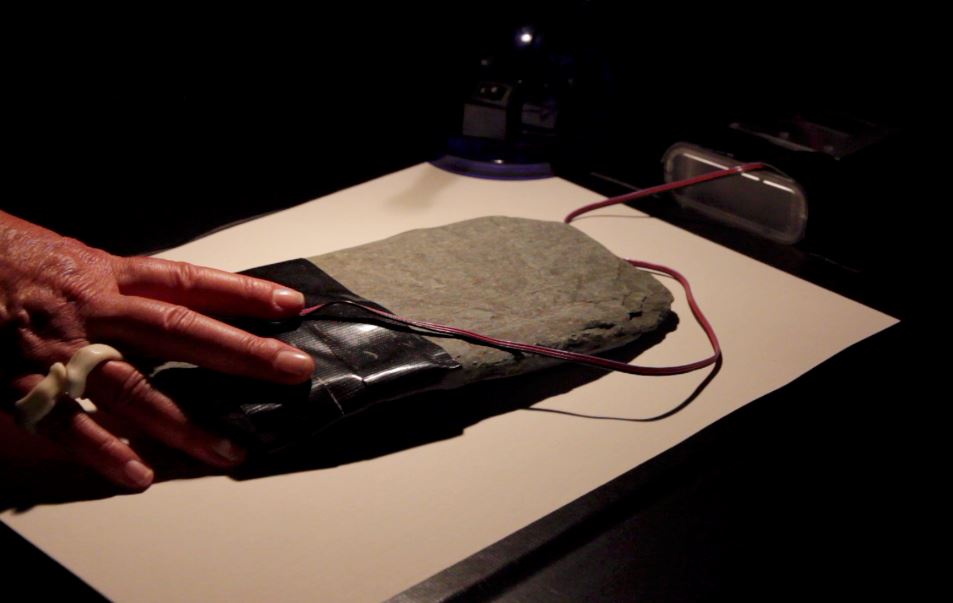Paul David Power: There was still so much I needed to say
November 2021
Congratulations on being shortlisted for the Governor Generals Literary Awards! What have your influences been, as a playwright?
Thank you so much. It’s really an honour to be in the company of such talented writers across the country.
And I studied English drama at Memorial so of course all the classics and contemporary work have inspired me. But beyond that the real inspiration happened [through] works that have spoken to me as both an artist with a disability and as a Newfoundlander. I really have to count David French and Michael Cook as early influences. More recently, Robert Chafe, Berni Stapleton, Amy House. They are all great influencers.
One of the first plays that spoke to me as a person with a disability was the classic Creeps by David Freeman. Here’s a writer with a disability who was able to capture the true experience through lived experience. It was one of the first pieces I ever read I could really identify with.
Did Crippled start out purely as therapy and recovery for you, or did you always intend to preform it? Have you been surprised by the strength of emotional connection many audience members feel with the piece?
For those who don’t know about the play it’s about a character stuck in grief after losing his partner. I lost my partner Jonathan in 2013 suddenly. It really was and is a struggle with grief and loss. As an artist I needed to express that grief through creativity. For the first couple of years I wrote a lot of poetry and journaling. The way Jonathan passed there was so much I still needed to say and hear so I started writing dialogue as a way to come to peace with that. After a while [what] I started off [as] just a personal project developed into a full-length play.
I think I always had in my mind perform it once it was being developed because it was my story and I wanted to share it. It really turned out to be a cathartic exercise. As well, it was important to me that disability was present on stage.

Your credits include writing, playwrighting, acting, producing. Did you grow up thinking you would have a career in the arts?
I think I was always wanting to tell stories and perform. Writing was what I really did well in school with, and public speaking. I remember as a kid [performing] different shows in the backyard and in our basement for our parents. So yeah I think that was always within me. Did I think I could make a full-time living at it? Not really, but the opportunities and guidance and support from so many people has made that happen, and I’m very grateful.
You recently attended the Disability Atlantic Arts Symposium, how did that go? What are the goals of this organization?
I was actually one of the members of the planning committee for the symposium. Theatre New Brunswick and the JRG Society led the project. An artist from each of the Atlantic provinces was selected as part of the planning committee and each of these artists identify with some kind of a disability. It was wonderful to come together as a region. The purpose was to strengthen the number of networking opportunities as well as instigate a long-term network of disabled artists In Atlantic Canada. It was a great success and we’re looking at how we might be able to make it an annual thing.
What are you working on now?
We’re getting ready to perform Crippled in Toronto in the new year at Theatre Passe Muraille. I also have a couple of works I’m building on. One is close to my heart, about a father and son and the father is suffering from dementia. I’m living that situation currently. I’m also developing a piece about living through the pandemic with a disability and the impact of isolation.
The G-Gs will be announced November 17. Crippled is published by Breakwater Books.



